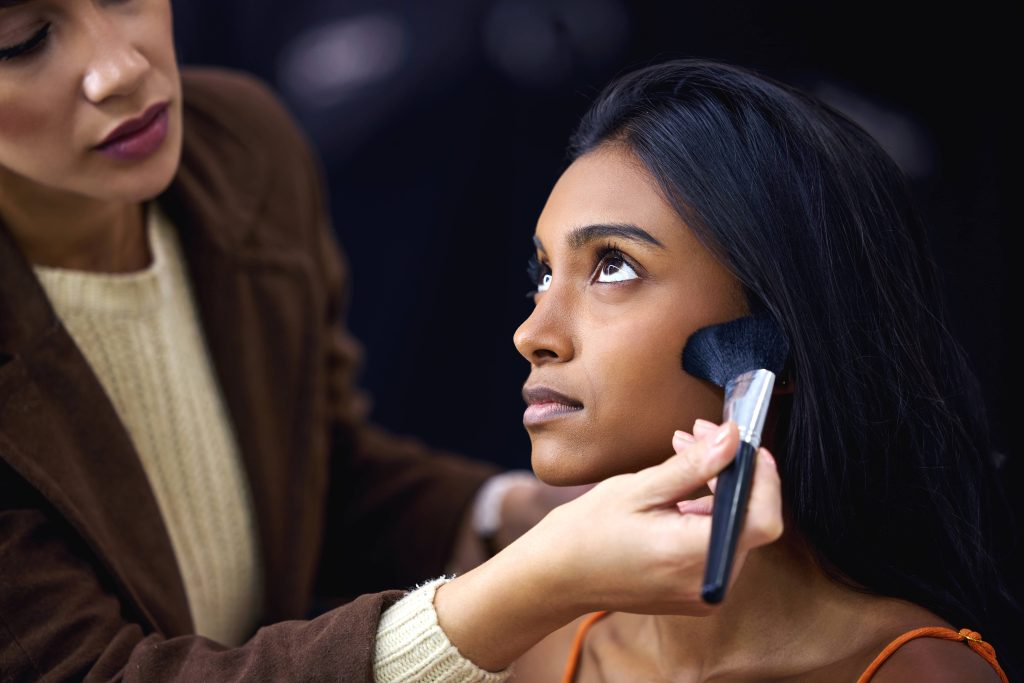
In today’s rapidly evolving world, beauty standards are not merely dictated by age-old traditions or the latest runway trends. Education plays a pivotal role in influencing these standards, reshaping perceptions, and fostering a more inclusive and broader understanding of beauty. This shift is evident as educational platforms and initiatives emphasize diversity, ethics, and personal empowerment—parameters that are now taking center stage in the redefinition of beauty standards globally.
The Historical Context of Beauty Standards
Before diving into the educational influence, it’s essential to recognize the historical context of beauty standards. Traditionally, these standards were rigid, often reflecting the values and aesthetics of dominant cultures. From the Geisha of Japan to the Victorian ideals of pale skin and tiny waists, beauty standards have long been used as social and cultural benchmarks. These ideals were frequently perpetuated through limited channels like magazines, advertisements, and cinema—industries historically lacking diversity and inclusiveness.
Education as an Agent of Change
With the advent of formal education systems that are more inclusive, multicultural, and multidimensional, the narrative around beauty has begun to change. Education influences beauty standards in several key ways:
1. Broadening Perspectives
A diverse curriculum can help students appreciate a variety of beauty forms, debunk stereotypes, and embrace different cultures and identities. For example, schools that incorporate global history, cultural studies, and art can highlight global beauty practices and ideals, encouraging students to look beyond Western standards. Courses that focus on media literacy also enable students to critically evaluate the information they consume and challenge unrealistic standards often portrayed in media.
2. Promoting Critical Thinking
Education fosters critical thinking, enabling individuals to question and understand the origins and impacts of beauty standards. Students learn to ask important questions: Who sets these standards? Who benefits from them, and who is excluded or marginalized? How do these standards affect individuals’ self-esteem and identity? This critical approach encourages a more nuanced understanding of beauty and leads to healthier self-perception.
3. Highlighting the Body-Positive Movement
Educational institutions are increasingly spotlighting body positivity, a movement that challenges traditional notions of beauty and celebrates bodies of all shapes, sizes, and colors. Through health and wellness programs, mental health education, and extracurricular initiatives, schools and colleges promote positive body image, encouraging students to redefine beauty on their own terms. They emphasize the importance of self-love and acceptance, shaking off the chains of conventionally narrow standards.
4. Empowering through Representation
Education enhances representation by including diverse voices in its curriculums—be it through literature, history, or the arts. By introducing students to influential figures who have challenged and changed beauty norms, educational institutions play a crucial role in normalizing attributes such as different skin colors, body types, and hair textures. Through representation, students can see beauty in faces and bodies that look like their own, building confidence and dismantling exclusionary standards.
5. Interdisciplinary Approaches
Scientists, artists, and sociologists alike explore the concept of beauty—resulting in a multidisciplinary approach to understanding beauty standards. Education equips individuals with the ability to see beauty through various lenses, whether that be psychological well-being, physical health, or creative expression. This expanded viewpoint allows individuals to explore beauty beyond aesthetics—where confidence, strength, and resilience are equally celebrated.
6. Social Media Literacy
With digital platforms as primary sources of beauty content, education systems now emphasize social media literacy. Teaching students about the role and impact of social media ensures they understand both its power and pitfalls. By recognizing edited images, filtered appearances, and curated lives as constructs rather than authentic representations, education helps create a more critical audience less susceptible to unrealistic beauty ideals.
The Role of Informal Education and Influencers
Beyond formal education, informal educational channels such as blogs, podcasts, and online courses have recently become instrumental in shaping beauty standards. Influencers often use their platforms to educate followers about industry secrets, deconstruct beauty myths, and promote inclusivity.
Initiatives like YouTube tutorials or educational Instagram profiles provide accessible, real-world education about beauty practices from diverse cultures. These platforms offer relatable experiences and counter-narratives to traditional media, reinforcing the idea that beauty is multifaceted and deeply personal.
The Path Forward
Education’s influence on beauty standards presents opportunities for a future that embraces diversity, promotes kindness, and prioritizes mental and emotional well-being over conformity. Educators, policymakers, and influencers must continue to advocate for educational content that:
– Encourages values like empathy, diversity, and inclusivity.
– Promotes understanding of cultural and historical beauty diversity.
– Fosters critical thinking and media literacy.
– Empowers students to define beauty in personal, authentic ways.
As beauty standards evolve, education will remain a critical force in redefining what beauty means on a global scale—guiding us towards a more inclusive, equitable, and empathetic understanding of beauty. In a world increasingly connected yet diversely rich, education is not just an enabler, but the very agent of change for beauty standards of today and tomorrow.



